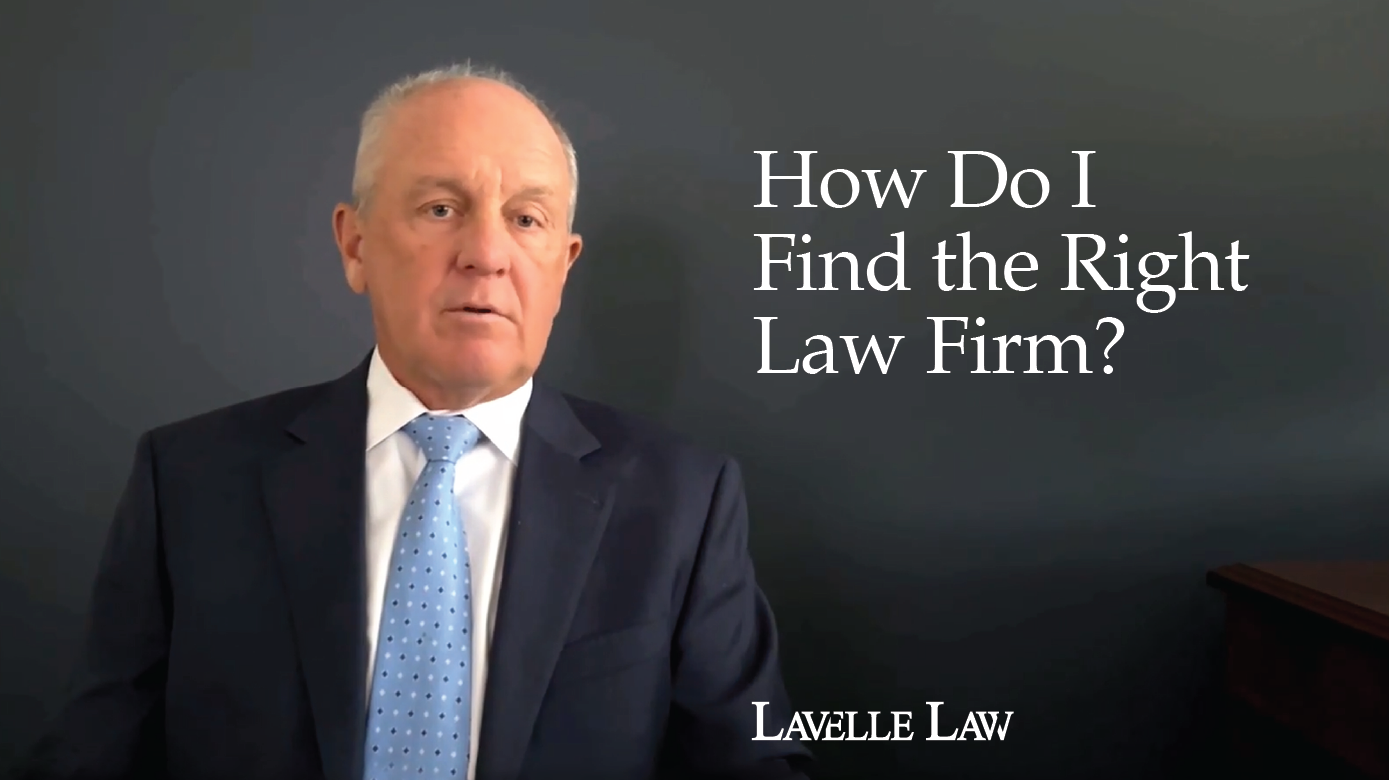An Overview of F Reorganizations in M&A Deals

Background
A Type F reorganization (“F Reorg”), governed by Section 368(a)(1)(F) of the Internal Revenue Code, provides a strategically significant mechanism for corporate restructuring. Defined as a “mere change in identity, form, or place of organization of one corporation,” an F Reorg permits a corporation to alter its legal existence while being treated for federal tax purposes as the same entity. This recharacterization allows for the uninterrupted preservation of tax attributes while maintaining shareholder continuity.
The Internal Revenue Service, through Treasury Regulation §1.368-2(m), has articulated six criteria to qualify as an F Reorg, including:
- distribution of the resulting corporation’s stock in exchange for the stock of the transferor;
- identical stock ownership before and after the transaction;
- absence of prior assets or tax attributes in the resulting corporation;
- the complete liquidation of the transferor corporation for tax purposes;
- exclusivity of the resulting corporation as the acquiring entity; and
- exclusivity of the transferor as the acquired entity.
Strategic Benefits
F Reorgs can be used as preparatory vehicles in transactional and tax structuring. One of the principal benefits is that the reorganization is generally tax-deferred—there is no recognition of gain or loss, and the tax attributes are carried forward to the resulting entity. This tax continuity makes the structure ideal for effectuating legal changes without triggering tax consequences.
Additionally, an F Reorg offers flexibility when repositioning a corporate structure in anticipation of a financing event or exit. It is commonly used to insert a holding company atop an existing operating company, thereby facilitating venture capital investment or an acquisition while preserving the operating entity’s history and status. The structure is also beneficial in circumstances where a corporation seeks to change its jurisdiction of incorporation.
In the context of a target S corporation, the F Reorg is particularly useful. It allows for the target to first convert to a qualified subchapter S subsidiary (“QSub”) and then to become a single-member LLC. It can also be a critical tool in estate planning, allowing shareholders to reorganize equity holdings under new trusts or vehicles without interrupting the business’s operational or tax continuity.
Possible Disadvantages
Despite the advantages, F Reorgs are not without complexity or risk. The transaction must be structured with precision to ensure compliance with the regulatory criteria. Failure to meet any of the six IRS requirements may result in the loss of tax-free treatment and the imposition of corporate and shareholder-level tax on what would otherwise be a non-recognition transaction.
The structure also imposes certain limitations. Because the resulting corporation must not possess any assets or tax attributes prior to the transaction—other than a de minimis amount required for legal existence—care must be taken to ensure proper formation and sequencing. Furthermore, while the transferor must completely liquidate for tax purposes, it may not be legally dissolved under state law, potentially creating ongoing administrative burdens.
Types of Transactions where an F Reorg is Useful
Taking into account the strategic benefits detailed above, below are examples of where F Reorgs can be a useful planning technique to accomplish tax planning goals:
- Enabling the sale of an LLC interest as opposed to S corporation stock: Performing an F Reorg prior to the sale of a business owned by an S corporation can enable the seller to sell a subsidiary single member LLC interest, not the corporate stock directly. By purchasing a single member LLC interest, the buyer would receive a step up in basis in all of the assets held by the LLC at the time of purchase.
- Facilitating new equity investments from investors that would otherwise be disqualified S corporation shareholders: The type and number of shareholders of an S corporation are restricted. As businesses grow, they may want to issue equity to new investors who would be ineligible to own shares. Performing an F Reorg can be a useful way to bring on such investors and retain pass-through tax treatment.
- Implementing a rollover equity transaction: Equity rollover transactions are popular methods for keeping past shareholders and owners invested in the future success of a business even after a significant portion of the business is sold. Target corporations can perform an F Reorg and allow S corporation shareholders to obtain equity in the acquirer on a tax-free basis.
Conclusion
For corporations navigating sophisticated transactions—whether preparing for a capital raise, acquisition, state re-domiciliation, or intergenerational ownership transfer—a Type F Reorg offers a means of achieving structural change while preserving tax continuity and operational identity. While the F reorganization does not lend itself to every scenario, in the right context, it can unlock significant advantages, including tax deferral, investor alignment, and streamlined legal compliance. For further inquiries or questions, please contact Steven Migala at smigala@lavellelaw.com or (847) 705-7555.
More News & Resources
Lavelle Law News and Events











